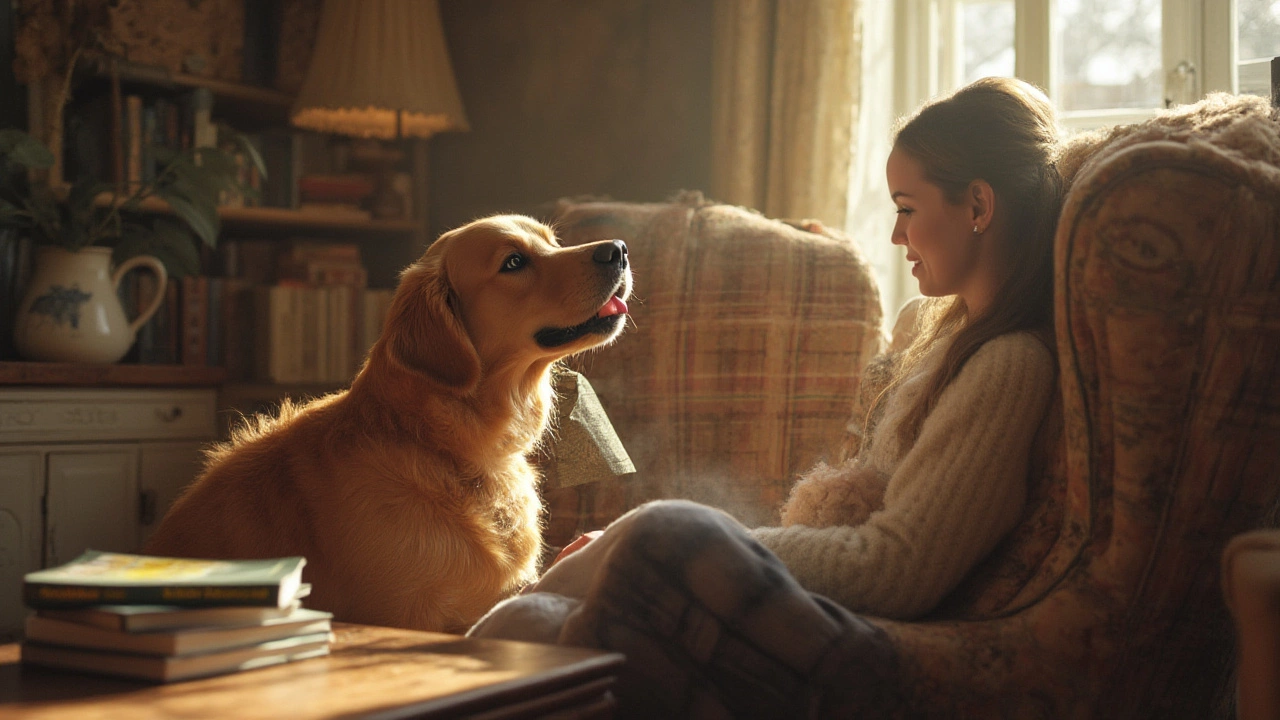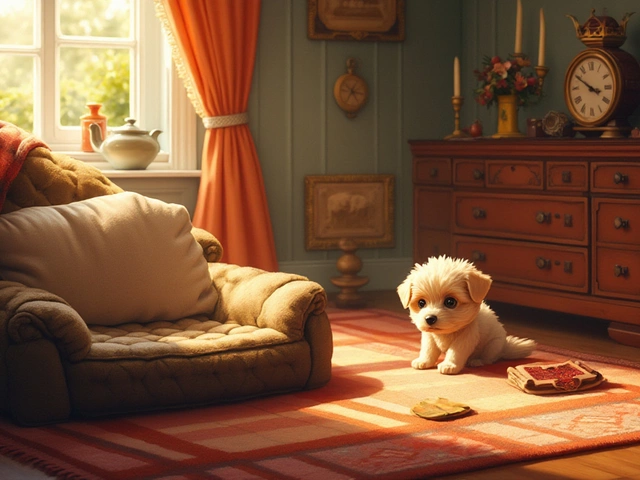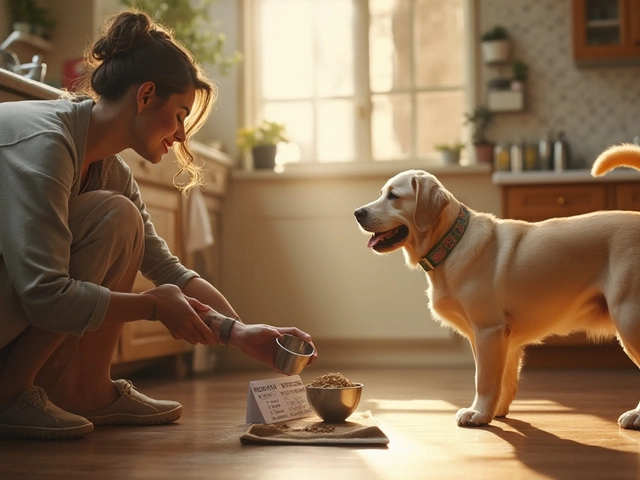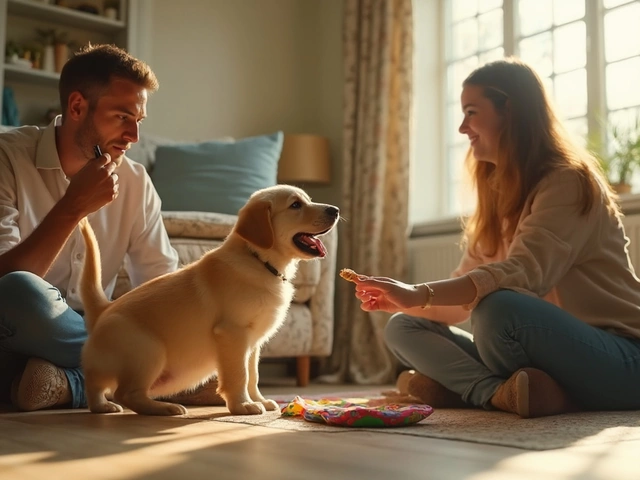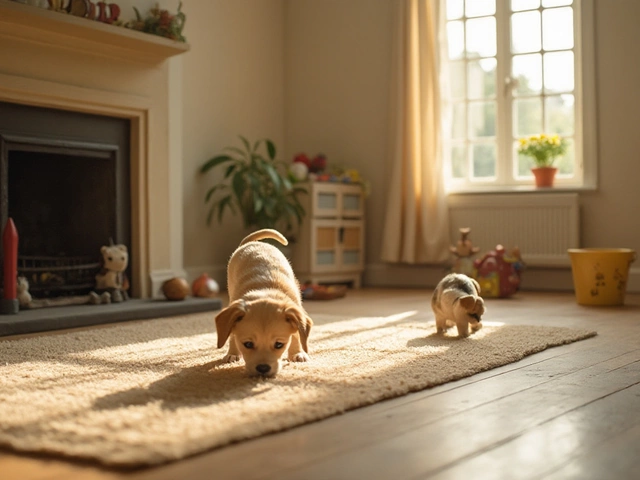One minute, you bend down to tie your shoe; the next, your dog’s tongue is on your face before you know it. Ever wondered why your dog is so eager to share a wet kiss? Dog licking isn’t just a random quirk—it’s a full-on language in the canine world. Dogs use their tongues to say hello, to show love, and sometimes to get your attention when you’re glued to your phone. But licking means a lot more than just affection; it’s got history, science, and some seriously interesting quirks behind it.
What Makes Dogs Lick? Roots in Instinct, Science, and Emotion
Let’s get this straight: licking is built into a dog’s DNA. When puppies are born, their mom licks them all over, not just to keep them clean, but to wake them up and help them go to the bathroom. That’s pretty much their introduction to life. Right from the start, licking = care and comfort. As they grow, licking others is a way for dogs to bond and communicate. But what’s really fascinating is how complex this behavior is. Scientists at the University of Lincoln found that dogs licking their owners triggers a release of oxytocin, the feel-good hormone, in both the dog and the person. So if your four-legged bestie insists on licking your hand (or face), your brain is probably releasing some happy chemicals too.
But licking isn’t just about love. If you come home from a workout and your dog can’t stop licking your arms, you’re not imagining things—they’re tasting your sweat. Dogs have far more taste buds for salty flavors than humans. Your sweat, with its salty tang, is basically like a snack. Some experts even think licking gives dogs clues about your health, your mood, and what you’ve eaten. Imagine your dog as a living, furry detective, learning about your world through every lick. On top of that, licking helps dogs relieve stress, much like how people might twirl their hair or bite their nails.
Let’s not forget pure communication. Dogs can’t talk, so licking is a way to get your attention, ask for food, or simply say, "Hey, you’re my family." According to the American Kennel Club, dogs may lick their people to signal submission and prevent conflict. It’s even observed in wild dogs and wolves—lower-ranking pack members lick the mouths of leaders as a sign of respect. For many pet owners, this explains why dogs sometimes focus on human faces or hands: these are typical spots for social licking in dog culture.
Licking goes deeper, too. Sometimes it’s boredom or anxiety. Did you know that in a 2022 study published in "Applied Animal Behaviour Science," dogs with less daily exercise or stimulation show more licking behaviors? This includes licking objects, people, or even themselves. So if your dog’s started licking more lately, it might be time for a new toy or a longer walk.
| Reason for Licking | What It Means |
|---|---|
| Affection | Bonding, showing love |
| Attention-seeking | Wants interaction or food |
| Exploration/Taste | Tasting scents or salty skin |
| Submission | Showing respect or reducing tension |
| Stress or Anxiety | Self-soothing habit |
| Healing | Instinct to clean wounds (not always healthy!) |
You might be surprised that licking can also be about healing. Dogs instinctively lick their own wounds—dog saliva has some antibacterial properties, but don’t let this fool you. Excessive licking actually slows healing and might lead to infections. So if your dog licks themselves (or you) obsessively, keep an eye out and talk to your vet.
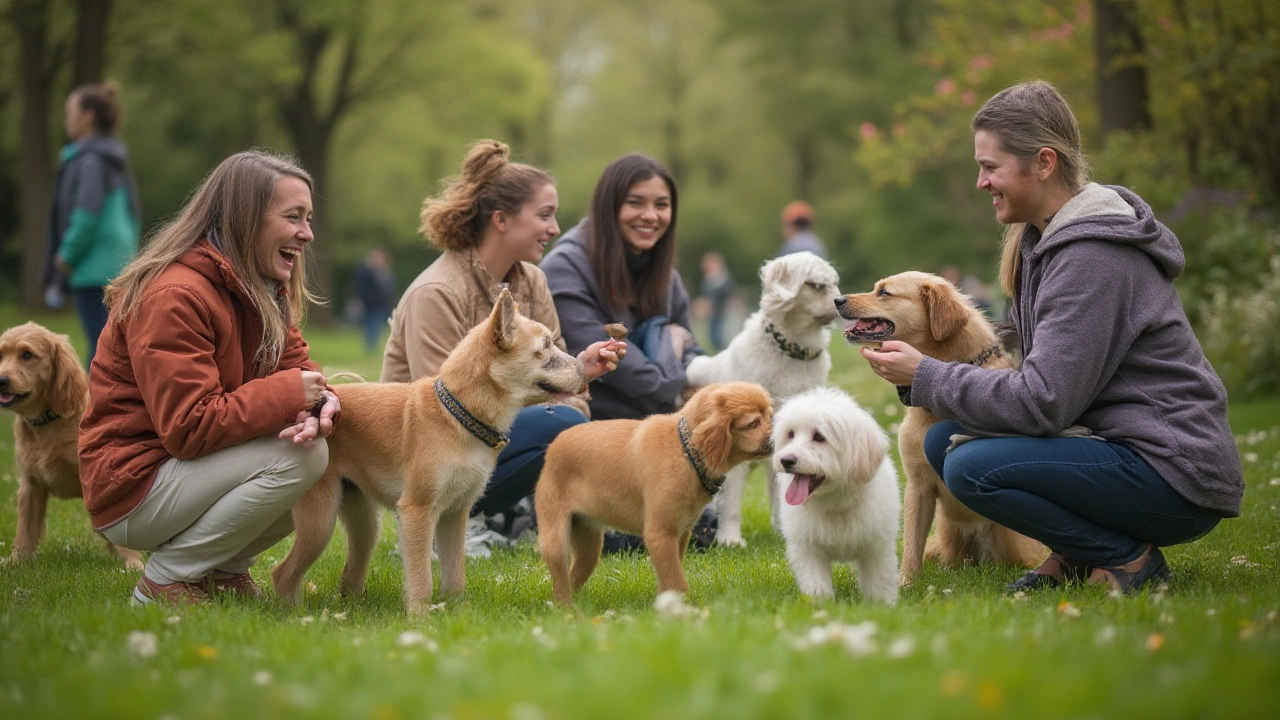
When Licking Means Something Else: Health, Anxiety, and Boundaries
Most of the time, your dog’s licking habit is nothing but a sign of affection or curiosity. But sometimes there’s more going on. If licking ever gets intense, repetitive, or feels downright compulsive, it’s worth looking a little closer. Dogs can develop obsessive-compulsive licking—chewing or licking themselves raw or focusing on your skin endlessly. According to a 2018 survey by the American Veterinary Medical Association, up to 10% of dogs show repetitive self-licking as a symptom of boredom, allergy, or even pain.
If your dog is licking you obsessively, try to look at the bigger picture. Are they acting anxious, hiding from noise, or pacing? Is their skin red or hairless from licking? These can be signs of medical or mental health issues. Sometimes it’s allergies—dogs can be allergic to certain foods, pollen, or cleaning products. In other cases, pain or dental problems are to blame. Just like people, when dogs don’t have words for their pain, they show it with behavior.
A dog who licks objects obsessively might be struggling with their nerves. Rescue dogs or dogs with a traumatic past often lick more—it’s self-soothing. If you notice this, try swapping their licking opportunity for something else. Puzzle toys, chew treats, or more daily walks can work wonders. If things don’t improve, it’s vet time.
Now and then, licking even overlaps with begging. Babies drop food, and your dog comes running—licking hands, faces, or whatever’s in reach. This behavior gets reinforced if you respond with treats or extra attention. But if it crosses a line (think: lick-attacks at every mealtime), you’re allowed to gently train a new habit. Use the "sit-stay" command, offer a favorite toy, or teach "no licking" the same way you’d teach "sit." Consistency really helps set boundaries, making life easier for both you and your pup.
Of course, there’s the issue of safety. While rare, dog saliva can carry bacteria like Capnocytophaga or Pasteurella. People with weak immune systems, kids, or those with open cuts should think twice before letting their dog lick their skin constantly. The risk is low, but it’s not zero. If you’re ever in doubt, wash the licked area and keep an eye on how you feel over the next few days.
"Dogs find comfort and a sense of connection through licking. It’s an instinct that links them to their mothers, their human families, and the wider pack—a language older than words," says Dr. Alexandra Horowitz, canine cognition researcher and author of "Inside of a Dog."
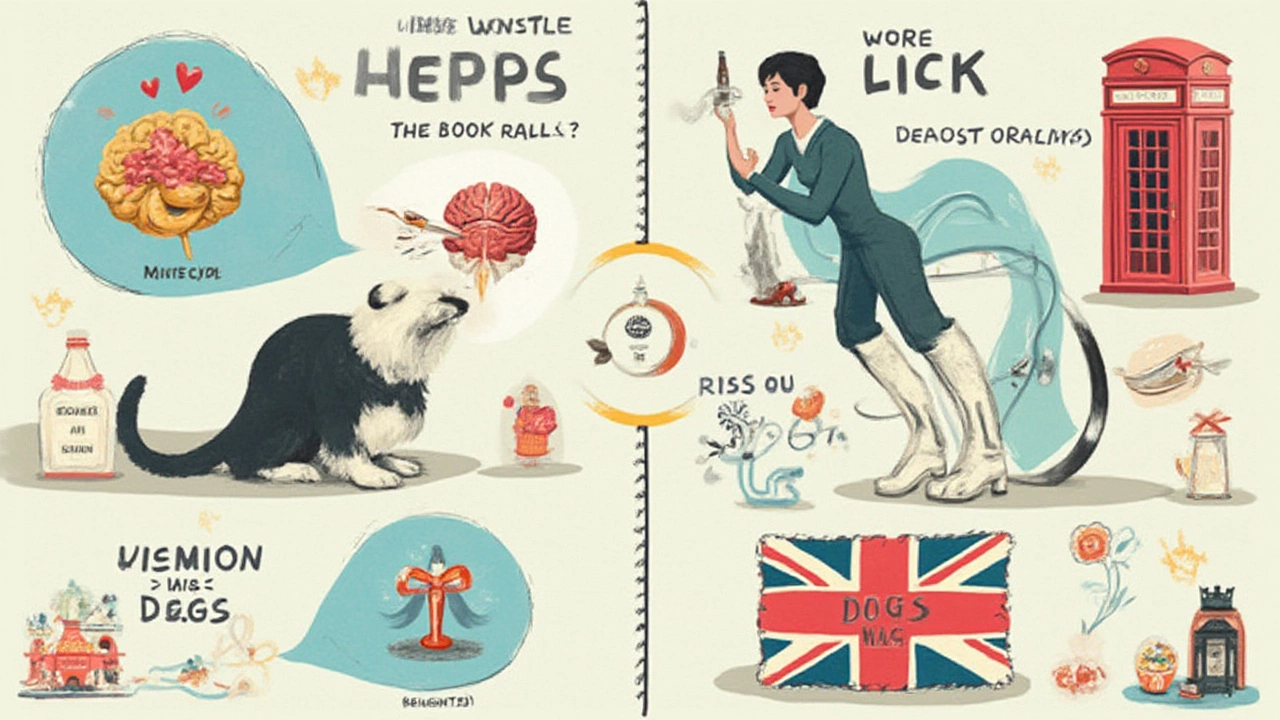
How to Respond: Tips for Managing, Enjoying, or Redirecting Licking
For most dog owners, licking shows up as a quick greeting, a sweet moment before bed, or a nudge when dinner is late. If you’re cool with licks, just enjoy the moment. But if it gets a bit much, it’s totally fair to set boundaries. Teaching your dog that "enough is enough" doesn’t make you a mean owner—dogs like rules, and clear signals make them more confident.
Here are some tips if licking becomes too much, or if you want to train new habits:
- Ignore the behavior: If your dog licks for attention, quietly stand up, turn away, or leave the room. Dogs quickly figure out that licking doesn’t get the result they want.
- Redirect: Hand your dog a chew toy or start a different game. Sometimes they just need something to do with their mouths.
- Reward calm: If your dog sits beside you nicely without licking, praise them or give a treat. Reinforce what you want, not what you don’t.
- Set limits: Teaching "off" or "no lick" as a cue, paired with positive reinforcement, works well for most families.
- Rule out health issues: If licking is new, intense, or paired with itching, hair loss, or wounds, make a vet appointment to check for allergies or pain.
Here’s a fun fact: A study from Emory University using functional MRI scans found dogs’ brains lit up in areas connected to pleasure when they sniffed and licked their owners, even if a treat wasn’t involved. That means your presence alone is a reward. No wonder they can’t help but give you a few licks every day.
For kids and people who don’t love a slobbery greeting, teach your dog to greet with a paw or by sitting instead. If your pup is big on face-licking, keep your own face out of reach and guide them gently. Some dogs love licking because they were rewarded for it as puppies. Change the reward (treats, toys, cuddles when calm) and the habit usually shifts, too.
On the flip side, if you love dog licks but want to stay safe, wash your hands and face afterward—especially before eating. This simple step works for germ-wary folks, and keeps everyone in the household healthy.
So next time your dog licks you, remember: it’s not just a cute gesture. It’s a flash of canine culture, a shot of oxytocin, and the start of a conversation that goes far beyond words. Whether you set boundaries or soak up every wet kiss, it’s clear these everyday gestures are way more meaningful—and personal—than you might have realized.
